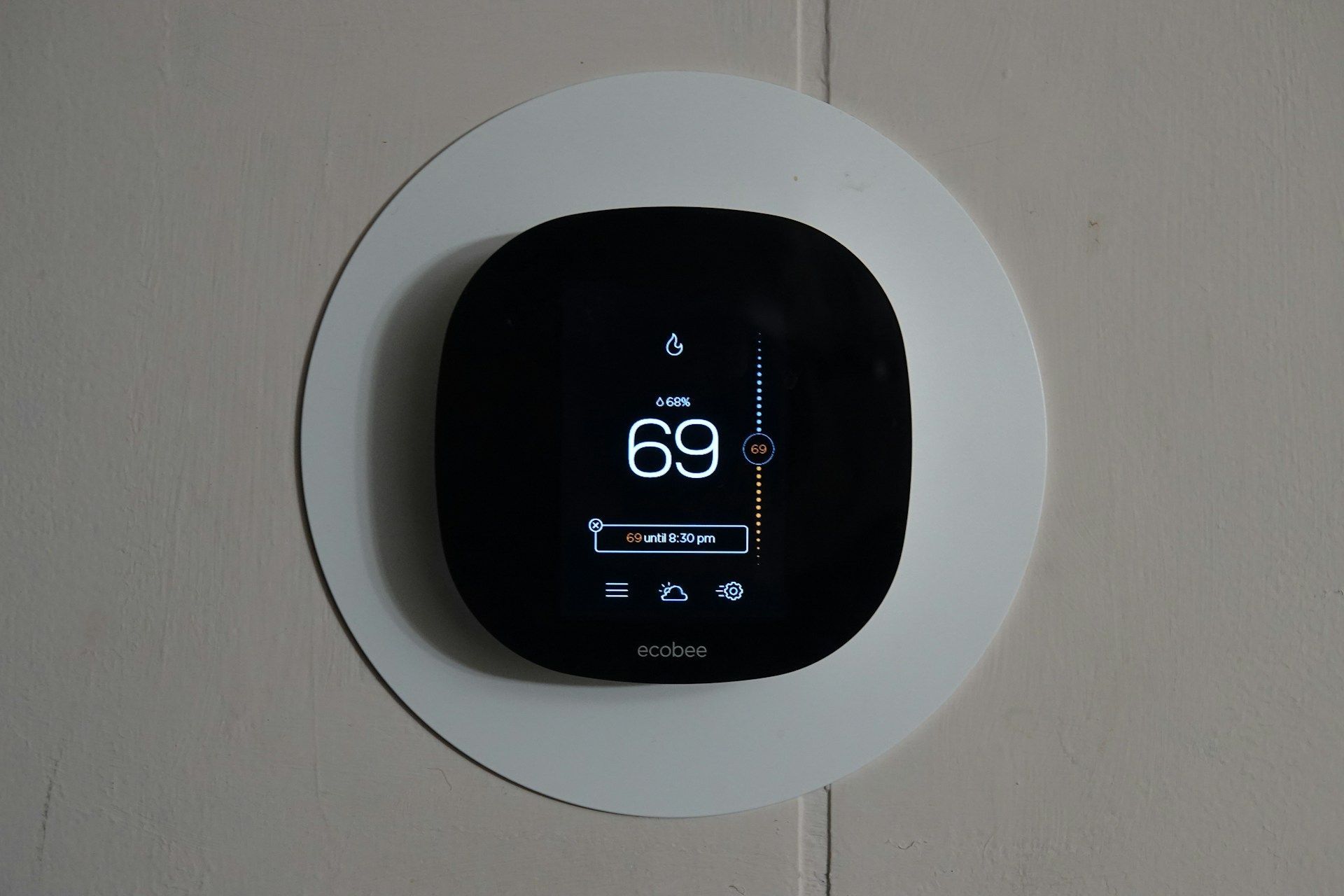How to Improve Indoor Air Quality in Winter
As winter sets in, we tend to close up our homes to keep the cold out, but this can also trap air inside. When we shut windows and doors tight, indoor air quality can suffer. It's important to find ways to keep the air in our homes clean and fresh to stay healthy and comfortable.
Good indoor air quality helps reduce the risk of allergies and keeps everyone breathing easy. Simple changes can make a big difference, like using air purifiers and making sure there's proper ventilation. Keeping the right balance of humidity and swapping out filters regularly are also key steps.
By focusing on these areas, you can help ensure your indoor air stays clear of pollutants and allergens. This contributes to a cozier, healthier space where everyone can feel their best throughout the winter months.
Use Air Purifiers and Houseplants
Improving indoor air quality starts with small but impactful changes. Air purifiers are a simple tool that can make a big difference in your home. These devices help remove pollutants, dust, and allergens from the air, making it cleaner and healthier to breathe. Position air purifiers in areas where you and your family spend the most time, such as the living room or bedrooms, to get the best benefits.
In addition to purifiers, houseplants are a natural way to improve indoor air. Plants add a touch of nature to your space and work hard to filter the air. They can absorb toxins and release oxygen, making the air fresher. Consider easy-to-care-for plants like spider plants, peace lilies, or snake plants. These plants are known for their air-purifying qualities and can thrive indoors with minimal attention.
To maximize the benefits of houseplants:
1. Choose the Right Plants: Pick plants that are known to be effective at improving air quality.
2. Place Wisely: Spread them throughout your home, especially in rooms where fresh air is essential.
3. Care for Them: Water them regularly and make sure they get enough light, ensuring they stay healthy and continue to improve air quality.
By combining the use of air purifiers and houseplants, you can create a cleaner, healthier environment in your home during the winter months.
Keep Humidity Levels Balanced
Humidity plays a crucial role in maintaining good indoor air quality. In winter, using heating systems can make the air in your home dry, which can cause discomfort and health issues. Keeping the right level of humidity helps prevent problems like dry skin, irritated eyes, and respiratory issues.
A hygrometer is a handy tool that measures humidity levels in your home. Ideally, you should aim for a humidity level between 30% and 50%. This range helps ensure the air isn't too dry or too humid. If the air is too dry, using a humidifier can add moisture. Choose one that suits your space, whether it's a room-sized model or a whole-home system.
Here are some tips for balancing humidity:
1. Monitor Regularly: Use a hygrometer to keep an eye on humidity levels and adjust as needed.
2. Ventilate Properly: Ensure areas prone to moisture like kitchens and bathrooms have good ventilation. This helps prevent excess humidity and related issues like mold.
3. Manage Usage: Regularly clean and maintain your humidifier to keep it running efficiently.
By keeping an eye on humidity, you can maintain healthier air quality inside your home. This not only enhances comfort but also supports the health of everyone living in the home through the colder months.
Improve Ventilation in Your Home
Good ventilation is key to keeping indoor air fresh and healthy, especially during winter when we're indoors more often. Fresh air helps remove indoor pollutants that can make the air feel stale. Improving your home's ventilation ensures a constant flow of clean air, which is essential for a healthy living environment.
One way to improve ventilation is by using exhaust fans in the kitchen and bathrooms. These fans help remove moisture and odors, especially crucial in areas prone to humidity. Make sure these fans are cleaned and working properly to maintain airflow.
Another simple step is opening windows periodically, even if just for a few minutes each day. This allows fresh air to circulate and pushes out any accumulated pollutants. If you're concerned about cool drafts, focus on one room at a time, airing it out quickly.
Consider using an energy recovery ventilator (ERV) for a more permanent solution. ERVs improve airflow and maintain indoor air quality by retaining heat while bringing in fresh air and expelling stale air. This option is efficient and keeps indoor environments comfortable. By focusing on ventilation, you maintain healthier indoor air, making your home a more pleasant place in the winter months.
Maintain and Replace HVAC Filters Regularly
Regular maintenance of HVAC filters is crucial for clean indoor air. Filters trap dust, pollen, and other particles, but over time, they can become clogged, reducing their effectiveness. To keep the air in your home fresh and your HVAC system efficient, it’s important to check and replace filters regularly.
Starting with a simple routine, aim to examine your filters at least once a month during winter. Factors like pets or external pollution sources can require more frequent checks. If the filter looks dirty or clogged, it’s time to replace it. Set reminders to make this part of your regular household tasks.
There are several types of filters to choose from, such as fiberglass and pleated filters. Consider using a high-efficiency particulate air (HEPA) filter, which captures smaller particles and improves overall air quality. Pick a filter that matches your system’s requirements for perfect compatibility.
To keep everything running smoothly, try to schedule periodic professional inspections. An expert can assess your system’s performance and provide insights into maintaining optimal air quality. By regularly maintaining your HVAC filters, you ensure cleaner air and a system that works efficiently throughout the winter season.
Conclusion
Improving indoor air quality during winter is essential for keeping your home comfortable and healthy. Simple changes like using air purifiers, balancing humidity levels, and ensuring proper ventilation make a big difference. Maintaining your HVAC system also plays a crucial role in providing clean and fresh air. Regular checks and updates keep things running smoothly, leading to a healthier home environment.
If you're looking to enhance your home's air quality, turn to the professionals at Anytime Heating & Air. We offer expert advice and services to ensure efficient and reliable heating solutions. From air quality assessments to system maintenance, we're here to support you through every season. Don't wait to make these important changes—contact Anytime Heating & Air today and enjoy a fresher, healthier home all winter long. Learn more about our
HVAC solutions.


